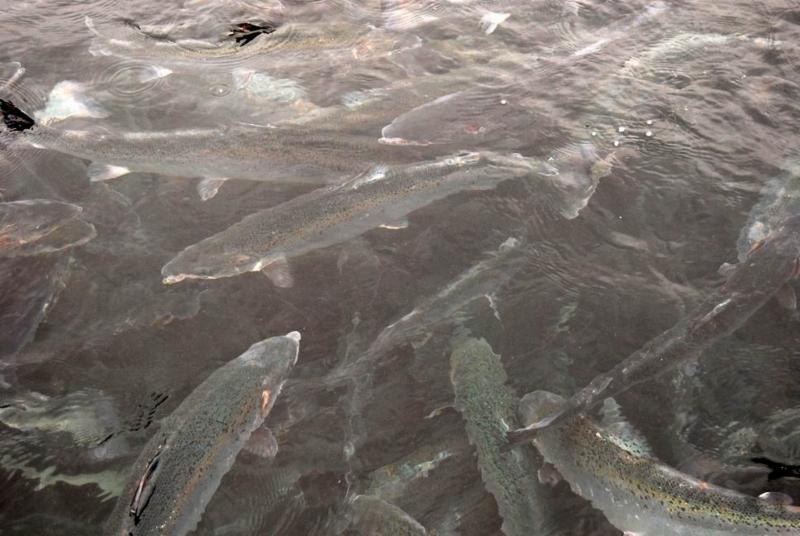Wind and solar must double by 2030 to meet EU climate targets

15 September 2020
Wind and solar capacity must double over the next decade if the European Union is to meet its 2030 climate targets, a new report has found.
Eurelectric released its Power Barometer report yesterday, and revealed a set of industry indicators that “reflect a historic development in the power sector” in regards to renewable energy.
Their analysis found that two-thirds of electricity generated in the first half of 2020 was carbon-free for the bloc and fossil fuel generated electricity dropped by 18 per cent.
Additionally renewables’ share in the bloc-wide electricity mix climbed up by 14 per cent over the past ten years.
The upward trend, according to Eurelectric, is set to continue.
“Regardless of whether the European economy will face a prolonged economic crisis or a fast recovery, as much as 80 per cent of EU’s electricity could be fossil-free by 2030”, the report said.
How the EU could meet 2030 targets
However, in order to meet binding targets set for the end of the decade, further acceleration of decarbonisation is needed.
In addition to doubling the capacity of solar and wind, changes must be made across the economy, Eurelectric stress, and transport, buildings and industry must reduce their carbon output.
In order to do so, Europe must, “urgently remove the specific barriers holding back the progress on the ground”, according to Eurelectric Secretary General Kristian Ruby.
Addressing such barriers would include streamlining permitting procedures, investing in proper infrastructure for electric vehicles and avoiding imports of coal-based electricity from non-Member States.
If renewables are accelerated, the report concluded, up to 80 per cent of the EU’s electricity could be free of fossil fuel use by the end of the decade.
Irish onshore wind-generated electricity
The report comes just a day after the Irish Wind Energy Association warned in their Building Onshore Wind report that the State was off track for meeting its Climate Action Plan target of 70 per cent renewable electricity by 2030 due to a broken planning system.
To date, onshore wind has supplied almost 37 per cent of Irish electricity over the first half of 2020, according to IWEA, but an additional 4,000 megawatts of onshore wind farms is needed over the next ten years to meet the Plan’s target.
The association has called for faster planning decisions from An Bord Pleanala and for the simultaneous application of both the project permission and cable connection.
“Last year the Dail declared a climate emergency. It is now time to start acting like it,” IWEA CEO Dr. David Connolly said.
“The simplest and most cost-effective way to reduce Ireland’s carbon footprint is by developing new wind farms. The Building Onshore Wind report shows what needs to be done. The solutions are there. It is now up to the Government to deliver,” he added.
[x_author title=”About the Author”]







